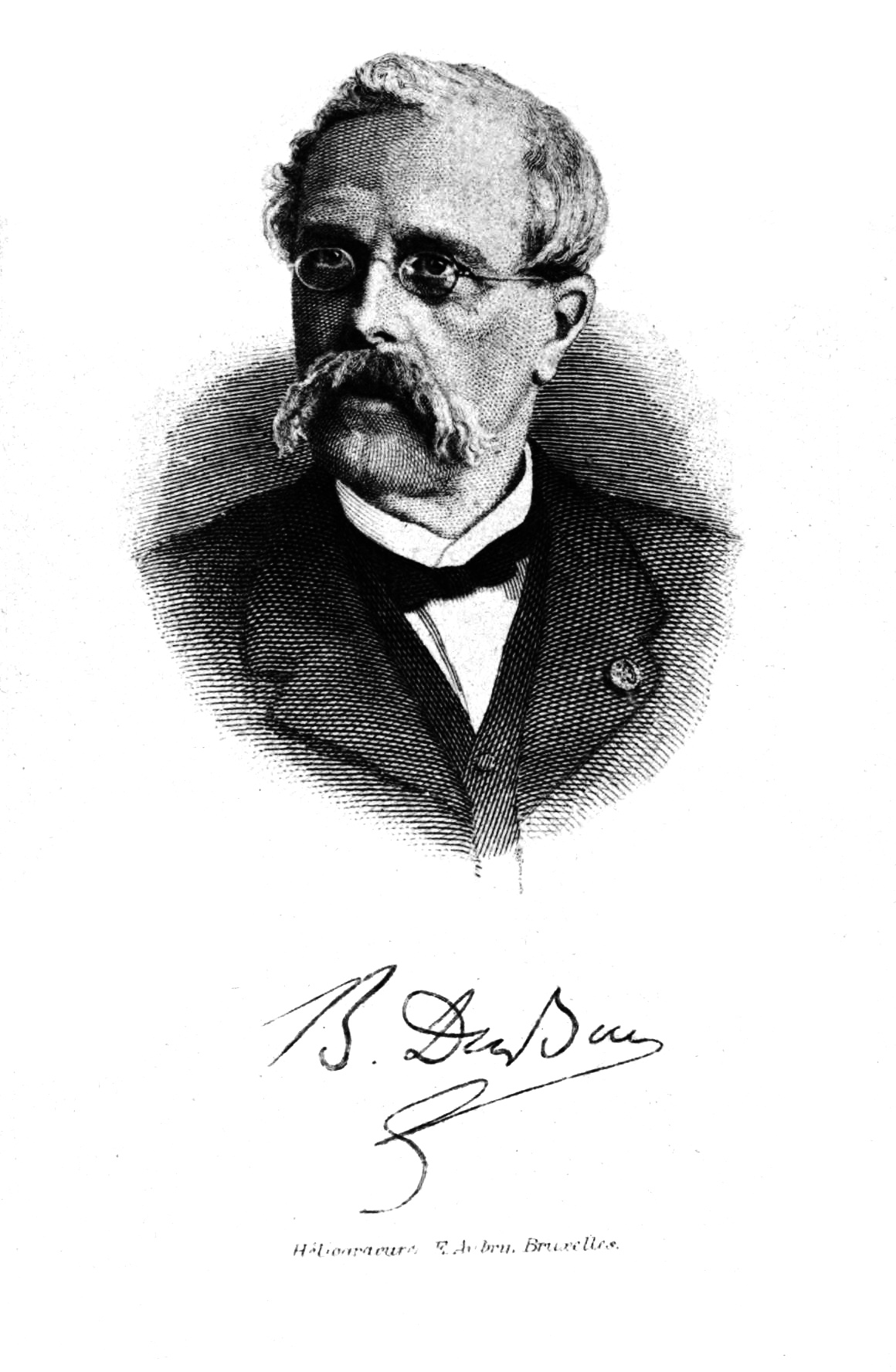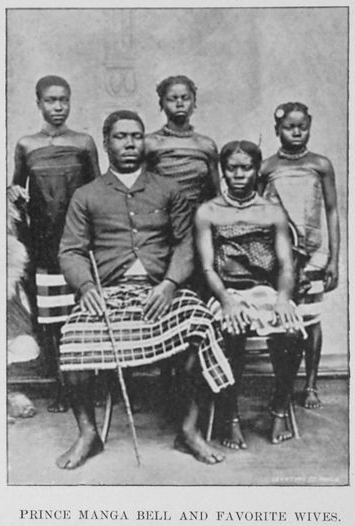|
Tasmanian Nativehen
The Tasmanian nativehen (''Tribonyx mortierii'') ( palawa kani: piyura) (alternate spellings: Tasmanian native-hen or Tasmanian native hen) is a flightless rail and one of twelve species of birds endemic to the Australian island of Tasmania. Although many flightless birds have a history of extinction at the hands of humans, the species has actually benefited from the introduction of European-style agricultural practices in Tasmania. Its success may also be attributed to the recent extinction of its main predator, the thylacine. Nomenclature The species was originally described in 1840 as ''Tribonyx mortierii'' — the ''mortierii'' being in honour of Barthélemy Charles Joseph Dumortier. Local names include narkie, waterhen and turbo chook. The Palawa kani name for the nativehen is ''piyura'' and is derived from the extinct Paredarerme and Little Swanport languages. Description The Tasmanian nativehen is a stocky flightless bird between in length. The upperparts a ... [...More Info...] [...Related Items...] OR: [Wikipedia] [Google] [Baidu] |
Bernard Du Bus De Gisignies
Bernard Amé Léonard du Bus de Gisignies (21 June 1808 in Saint-Josse-ten-Noode – 6 July 1874 in Bad Ems) was a Dutch nobleman and later on a Belgian politician, ornithologist and paleontologist. He was the second son of Leonard Pierre Joseph du Bus de Gisignies. He married ''Petronilla Truyts'' on 19 May 1845, together they had two children; Viscount Bernard Daniel (Saint-Josse-ten-Noode, 7 October 1832 - Brussels, 17 February 1917) and Viscount Chretien (Saint-Josse-ten-Noode, 4 November 1845 - Jabbeke, 3 July 1883). He studied law at the State University of Louvain, but soon became more interested in ornithology. In 1835 he presented a manuscript to the Royal Academy of Belgium in which described the bird '' Leptorhynchus pectoralis'' (the banded stilt). He was a member of parliament for Soignies. He became the first director of the Royal Belgian Institute of Natural Sciences in 1846. On this occasion he donated 2474 birds from his own collection to the museum. In 1860, ... [...More Info...] [...Related Items...] OR: [Wikipedia] [Google] [Baidu] |
Michael Sharland
Michael Stanley Reid Sharland (1899–1987) was an Australian journalist, photographer, author and amateur ornithologist. He was born, and spent most of his life, in Tasmania, though he also lived and worked in Sydney, Melbourne and London. Sharland was very active in ornithological organisations. He joined the Royal Australasian Ornithologists Union (RAOU) in 1921 and served on its Migration Committee 1926–1932, as Branch Secretary or Councillor for New South Wales while living in that state 1934–1941, and as Branch Secretary for Tasmania 1942–1964. He also served as RAOU President 1949–1951. In 1971 he initiated the formation of the Bird Observers Association of Tasmania. As well as numerous papers and articles, books he authored include: * 1945 - ''Tasmanian Birds. A field guide to the birds inhabiting Tasmania and adjacent islands, including the sea birds''. Mercury Press: Hobart. * 1952 - ''Stones of a Century''. Oldham, Beddome & Meredith: Hobart. * 1958 - ''Tasma ... [...More Info...] [...Related Items...] OR: [Wikipedia] [Google] [Baidu] |
Great Cormorant
The great cormorant (''Phalacrocorax carbo''), known as the black shag in New Zealand and formerly also known as the great black cormorant across the Northern Hemisphere, the black cormorant in Australia, and the large cormorant in India, is a widespread member of the cormorant family of seabirds. The genus name is Latinised Ancient Greek, from φαλακρός (''phalakros'', "bald") and κόραξ (''korax'', "raven"), and ''carbo'' is Latin for "charcoal". It breeds in much of the Old World, Australia, and the Atlantic coast of North America. Taxonomy and etymology The long white-breasted cormorant ''P. c. lucidus'' found in sub-Saharan Africa, has a white neck and breast. It is often treated as a full species, ''Phalacrocorax lucidus'' (e.g. , ). In addition to the Australasian and African forms, ''Phalacrocorax carbo novaehollandiae'' and ''P. c. lucidus'' mentioned above, other geographically distinct subspecies are recognised, including ''P. c. sinensis'' (western Europ ... [...More Info...] [...Related Items...] OR: [Wikipedia] [Google] [Baidu] |
Forest Raven
The forest raven (''Corvus tasmanicus''), also commonly known as the Tasmanian raven, is a passerine bird in the family Corvidae native to Tasmania and parts of southern Victoria, such as Wilsons Promontory and Portland. Populations are also found in parts of New South Wales, including Dorrigo and Armidale. Measuring in length, it has all-black plumage, beak and legs. As with the other two species of raven in Australia, its black feathers have grey bases. Adults have white irises; younger birds have dark brown and then hazel irises with an inner blue rim. New South Wales populations are recognised as a separate subspecies ''C. tasmanicus boreus'', but appear to be nested within the Tasmanian subspecies genetically. The forest raven lives in a wide variety of habitats in Tasmania but is restricted to more closed forest on mainland Australia. Breeding takes place in spring and summer, occurring later in Tasmania than in New South Wales. The nest is a bowl-shaped structure of s ... [...More Info...] [...Related Items...] OR: [Wikipedia] [Google] [Baidu] |
Red Fox
The red fox (''Vulpes vulpes'') is the largest of the true foxes and one of the most widely distributed members of the order Carnivora, being present across the entire Northern Hemisphere including most of North America, Europe and Asia, plus parts of North Africa. It is listed as least concern by the IUCN. Its range has increased alongside human expansion, having been introduced to Australia, where it is considered harmful to native mammals and bird populations. Due to its presence in Australia, it is included on the list of the "world's 100 worst invasive species". The red fox originated from smaller-sized ancestors from Eurasia during the Middle Villafranchian period, and colonised North America shortly after the Wisconsin glaciation. Among the true foxes, the red fox represents a more progressive form in the direction of carnivory. Apart from its large size, the red fox is distinguished from other fox species by its ability to adapt quickly to new environments. Despit ... [...More Info...] [...Related Items...] OR: [Wikipedia] [Google] [Baidu] |
IUCN
The International Union for Conservation of Nature (IUCN; officially International Union for Conservation of Nature and Natural Resources) is an international organization working in the field of nature conservation and sustainable use of natural resources. It is involved in data gathering and analysis, research, field projects, advocacy, and education. IUCN's mission is to "influence, encourage and assist societies throughout the world to conserve nature and to ensure that any use of natural resources is equitable and ecologically sustainable". Over the past decades, IUCN has widened its focus beyond conservation ecology and now incorporates issues related to sustainable development in its projects. IUCN does not itself aim to mobilize the public in support of nature conservation. It tries to influence the actions of governments, business and other stakeholders by providing information and advice and through building partnerships. The organization is best known to the wider ... [...More Info...] [...Related Items...] OR: [Wikipedia] [Google] [Baidu] |
Tasmanian Native-hen
The Tasmanian nativehen (''Tribonyx mortierii'') (palawa kani: piyura) (alternate spellings: Tasmanian native-hen or Tasmanian native hen) is a flightless rail and one of twelve species of birds endemic to the Australian island of Tasmania. Although many flightless birds have a history of extinction at the hands of humans, the species has actually benefited from the introduction of European-style agricultural practices in Tasmania. Its success may also be attributed to the recent extinction of its main predator, the thylacine. Nomenclature The species was originally described in 1840 as ''Tribonyx mortierii'' — the ''mortierii'' being in honour of Barthélemy Charles Joseph Dumortier. Local names include narkie, waterhen and turbo chook. The Palawa kani name for the nativehen is ''piyura'' and is derived from the extinct Paredarerme and Little Swanport languages. Description The Tasmanian nativehen is a stocky flightless bird between in length. The upperparts are oli ... [...More Info...] [...Related Items...] OR: [Wikipedia] [Google] [Baidu] |
Polyandrous
Polyandry (; ) is a form of polygamy in which a woman takes two or more husbands at the same time. Polyandry is contrasted with polygyny, involving one male and two or more females. If a marriage involves a plural number of "husbands and wives" participants of each gender, then it can be called polygamy, group or conjoint marriage. In its broadest use, polyandry refers to sexual relations with multiple males within or without marriage. Of the 1,231 societies listed in the 1980 Ethnographic Atlas, 186 were found to be monogamous, 453 had occasional polygyny, 588 had more frequent polygyny, and 4 had polyandry.''Ethnographic Atlas Codebook'' derived from George P. Murdock's ''Ethnographic Atlas'' recording the marital composition of 1,231 societies from 1960 to 1980. Polyandry is less rare than ... [...More Info...] [...Related Items...] OR: [Wikipedia] [Google] [Baidu] |
Polygamous
Crimes Polygamy (from Late Greek (') "state of marriage to many spouses") is the practice of marrying multiple spouses. When a man is married to more than one wife at the same time, sociologists call this polygyny. When a woman is married to more than one husband at a time, it is called polyandry. In contrast to polygamy, monogamy is marriage consisting of only two parties. Like "monogamy", the term "polygamy" is often used in a ''de facto'' sense, applied regardless of whether a state recognizes the relationship.For the extent to which states can and do recognize potentially and actual polygamous forms as valid, see Conflict of marriage laws. In sociobiology and zoology, researchers use ''polygamy'' in a broad sense to mean any form of multiple mating. Worldwide, different societies variously encourage, accept or outlaw polygamy. In societies which allow or tolerate polygamy, in the vast majority of cases the form accepted is polygyny. According to the ''Ethnographic Atl ... [...More Info...] [...Related Items...] OR: [Wikipedia] [Google] [Baidu] |
Monogamous
Monogamy ( ) is a form of dyadic relationship in which an individual has only one partner during their lifetime. Alternately, only one partner at any one time ( serial monogamy) — as compared to the various forms of non-monogamy (e.g., polygamy or polyamory). The term is also applied to the social behavior of some animals, referring to the state of having only one mate at any one time. A monogamous relationship can be sexual or emotional, but it's usually both. Many modern relationships are monogamous. Terminology The word ''monogamy'' derives from the Greek μονός, ''monos'' ("alone"), and γάμος, ''gamos'' ("marriage").Cf. "Monogamy" in ''Britannica World Language Dictionary'', R.C. Preble (ed.), Oxford-London 1962, p. 1275:''1. The practice or principle of marrying only once. opp. to digamy now ''rare'' 2. The condition, rule or custom of being married to only one person at a time (opp. to polygamy or bigamy) 1708. 3. Zool. The habit of living in pairs, or havi ... [...More Info...] [...Related Items...] OR: [Wikipedia] [Google] [Baidu] |
Tasmanian Native Hen Nest And Eggs
) , nickname = , image_map = Tasmania in Australia.svg , map_caption = Location of Tasmania in AustraliaCoordinates: , subdivision_type = Country , subdivision_name = Australia , established_title = Before federation , established_date = Colony of Tasmania , established_title2 = Federation , established_date2 = 1 January 1901 , named_for = Abel Tasman , demonym = , capital = Hobart , largest_city = capital , coordinates = , admin_center = 29 local government areas , admin_center_type = Administration , leader_title1 = Monarch , leader_name1 = Charles III , leader_title2 = Governor , leader_name ... [...More Info...] [...Related Items...] OR: [Wikipedia] [Google] [Baidu] |



.jpg)




